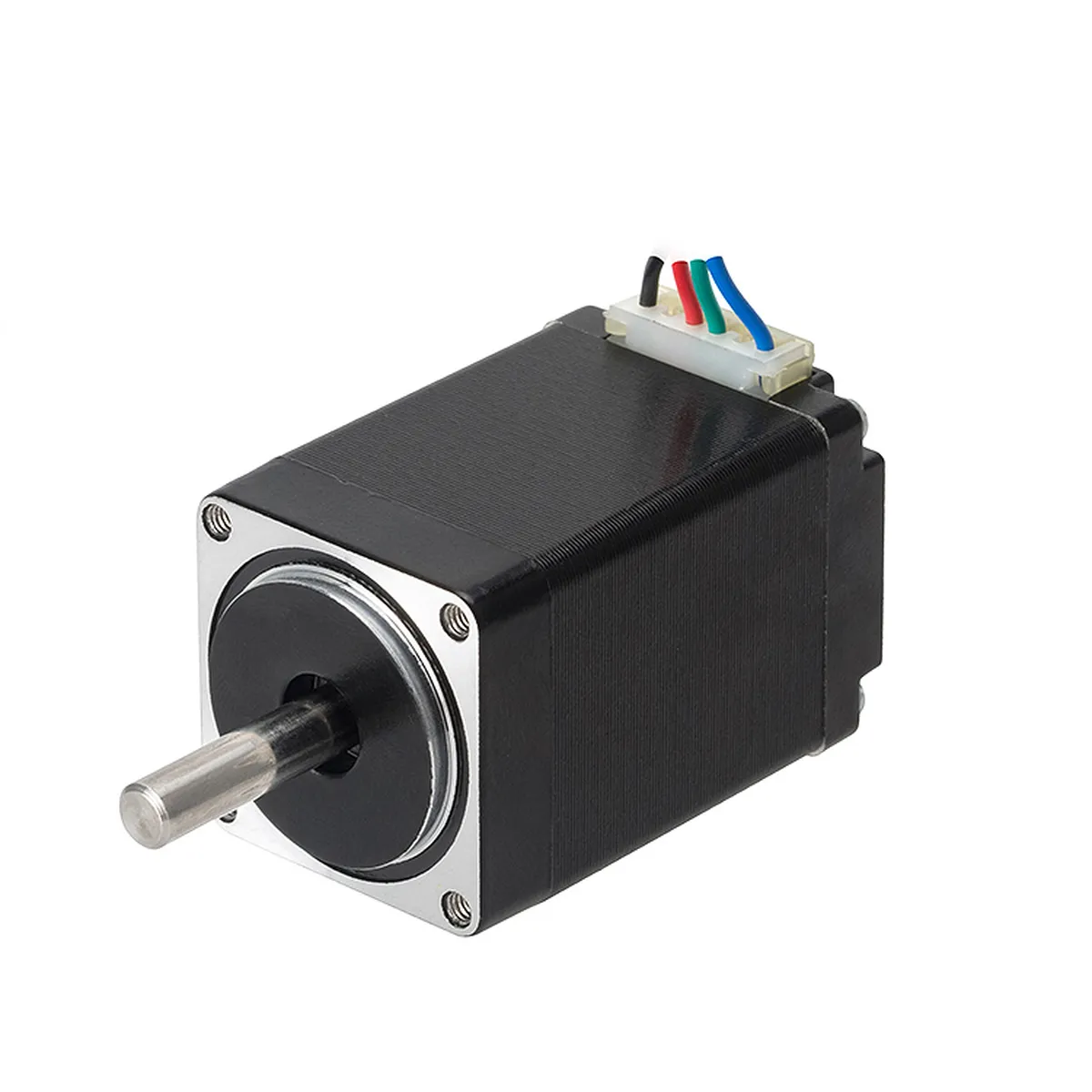How do you calculate the torque of a stepper motor?
Stepper motors are primarily used in applications that require precise positioning and repeatable motion control. They are commonly found in automated machinery, mechanical equipment, optical equipment, and office machines. They are widely used in automated equipment, such as assembly lines and CNC machine tools, to position and index parts. Stepper motors are also common components in mechanical systems that require precise motion, such as medical devices, laboratory test equipment, and camera lenses. The precise movement of these motors is essential in a variety of applications, from computer hard disks to CNC machine tools. A key parameter of stepper motors is torque. This article will delve into a technical but very approachable understanding of how to calculate stepper motor torque.
Understanding Motor Torque
In the simplest terms, torque is a measurement of the force that causes an object to rotate around an axis. In the case of electric motors, torque quantifies the amount of "rotational power" the motor possesses. In the imperial system, it is usually measured in Newton meters (N-m) or ounce inches (oz-in).
Calculating torque: basic principles
To calculate the torque of a stepper motor, two main factors must be taken into account: the current flowing through the motor coils and the structure of the motor itself (in particular the magnetic properties and geometry of the rotor and stator). The basic equation for motor torque (T) is:
T=k*I
Where T is the torque, k is the torque constant of the motor, which depends on the design and magnetic characteristics of the motor, and I is the current flowing through the coil. The torque constant "k" is usually provided by the manufacturer in the motor data sheet. Lunyee will also provide the parameters. If the data sheet is not available, it can be determined empirically by measuring the output torque of the motor at a known current.
Conclusion
Calculating the torque of a stepper motor requires an understanding of the fundamentals of torque and the characteristics of the stepper motor. However, the actual torque that can be provided by a stepper motor depends on a variety of factors, such as the speed of the motor and the type of driver used. Therefore, to fully understand the torque of a stepper motor, you should refer to the suction torque curve and consider the stepping mode used.


Leave a Reply